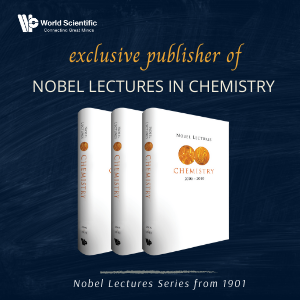System Upgrade on Tue, May 28th, 2024 at 2am (EDT)
Existing users will be able to log into the site and access content. However, E-commerce and registration of new users may not be available for up to 12 hours.For online purchase, please visit us again. Contact us at customercare@wspc.com for any enquiries.
This book gives comprehensive information on the design, preparation and application of organic-inorganic composite membranes that are used for molecular separation. Various membrane types with different materials are highlighted, including polymer/ceramic composite membranes, mixed matrix membranes, metal-organic frameworks membranes and graphene-based membranes. Physical and chemical properties, morphologies, interfacial behaviors, transport characteristics and separation performance of the organic-inorganic composite membranes are thoroughly discussed based on advanced characterization techniques.
Meanwhile, the book contains several typical applications of the membranes in fields such as bio-fuels production, organic compounds recovery, solvent dehydration, carbon dioxide capture and others. In addition, large-scale production and industrial implementation of the organic-inorganic composite membranes are briefly introduced.
Sample Chapter(s)
Chapter 1: Introduction (124 KB)
Contents:
- Introduction
- Principles of Pervaporation and Gas Separation in Membrane Process
- Polymer/Ceramic Composite Membranes
- Metal-Organic Frameworks Membranes
- Graphene-Based Membranes
- Mixed Matrix Membranes
- Novel Characterization Techniques
- Scale-Up Fabrication and Industrial Application
- Conclusion and Prospective
Readership: Researchers, academics, professionals and graduate students in chemical engineering, materials engineering, surface chemistry, new materials and polymers.























